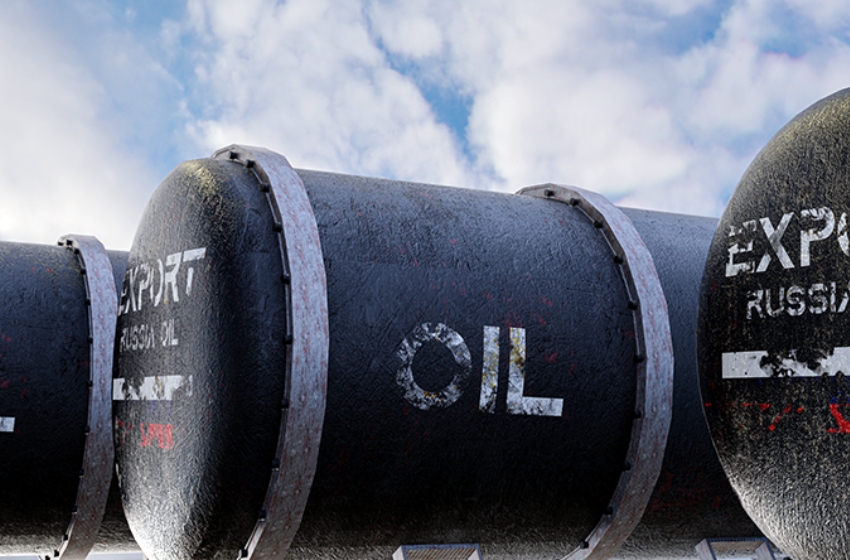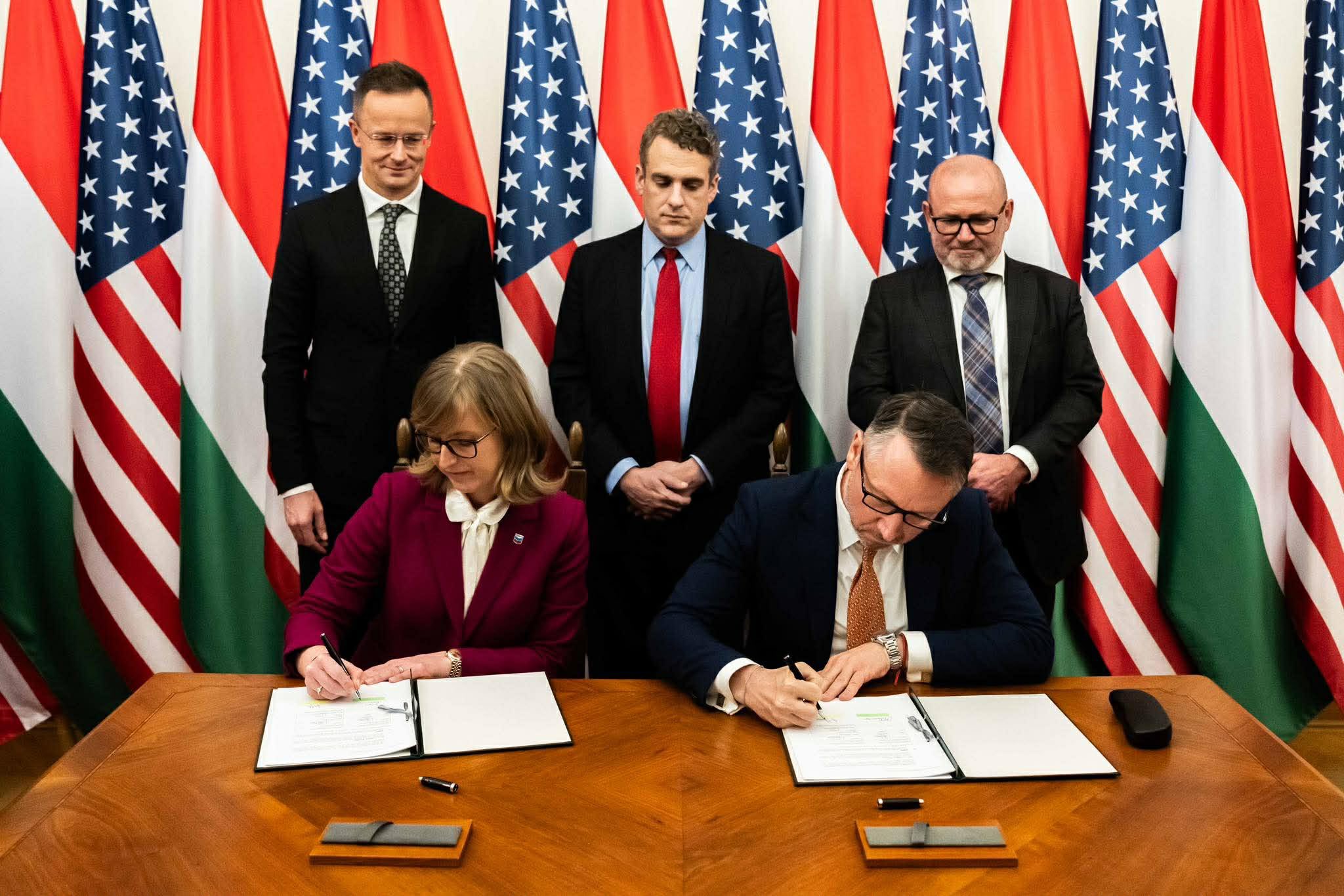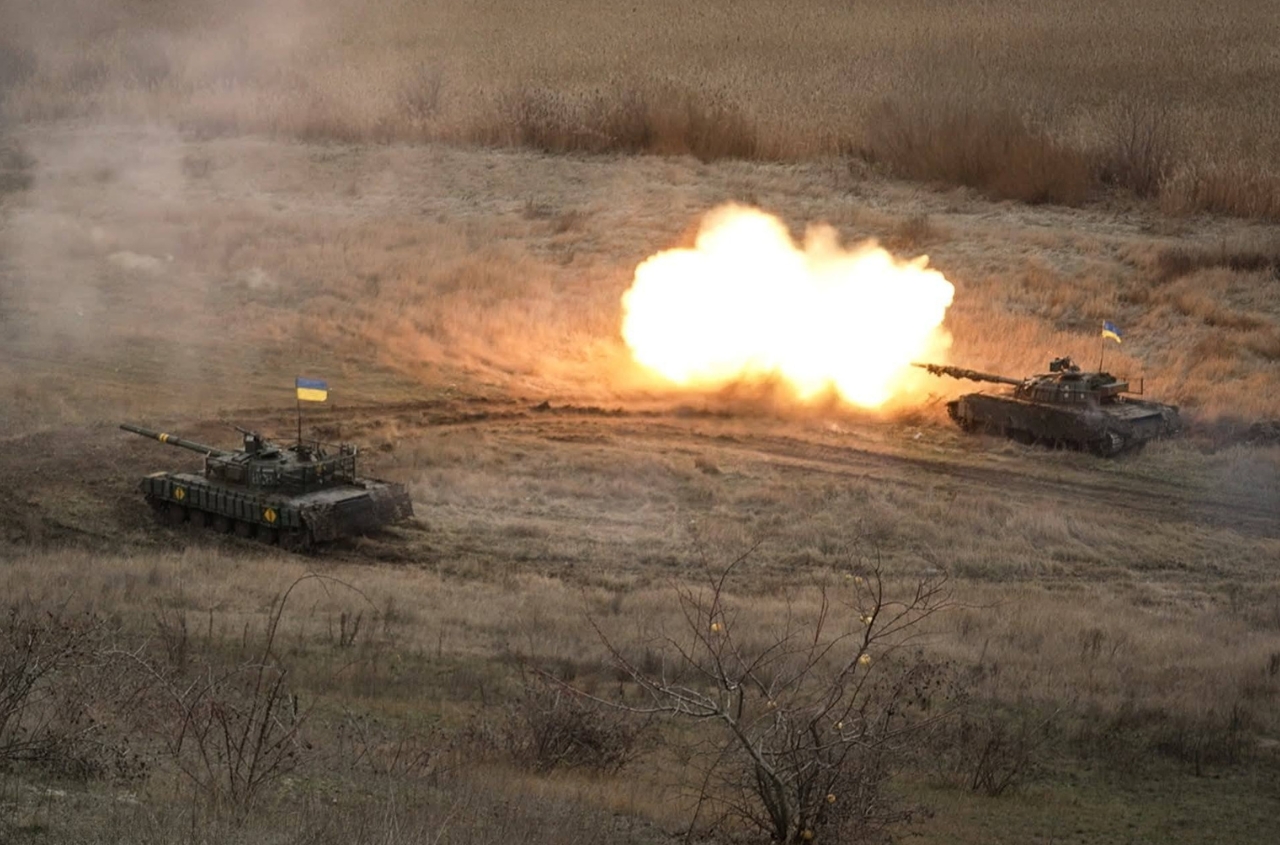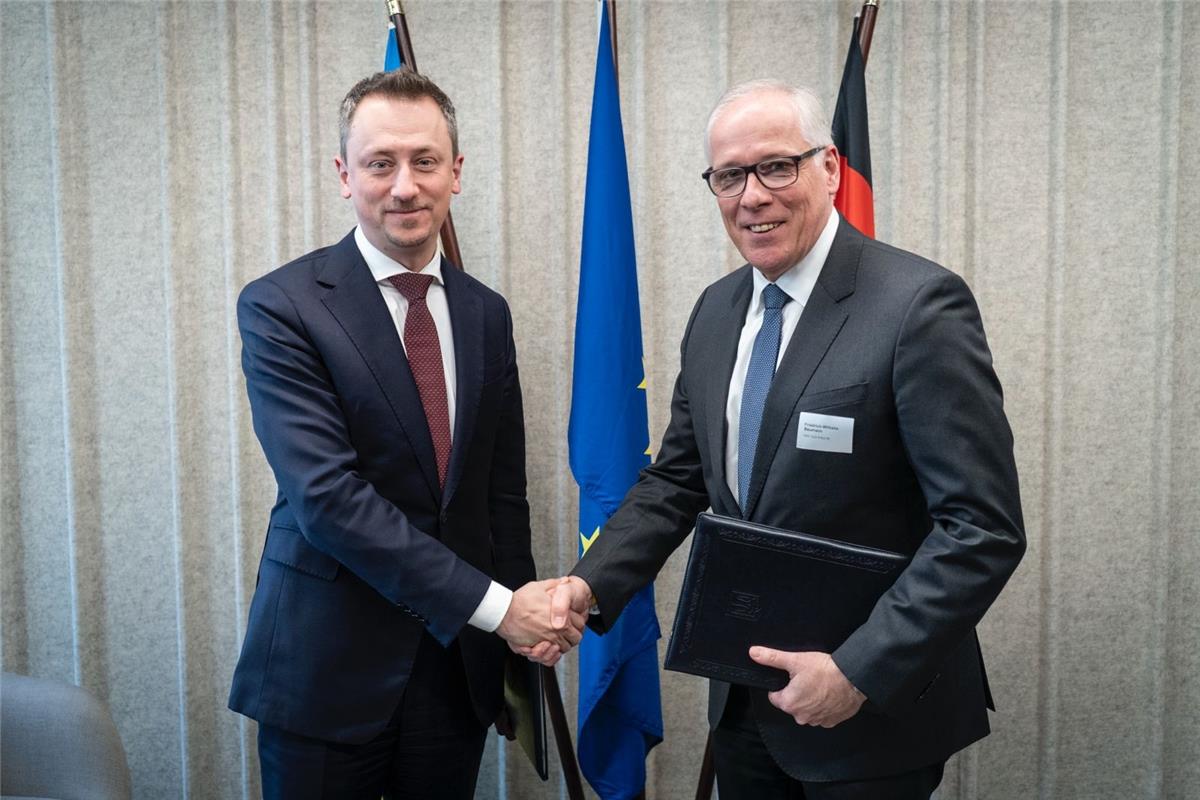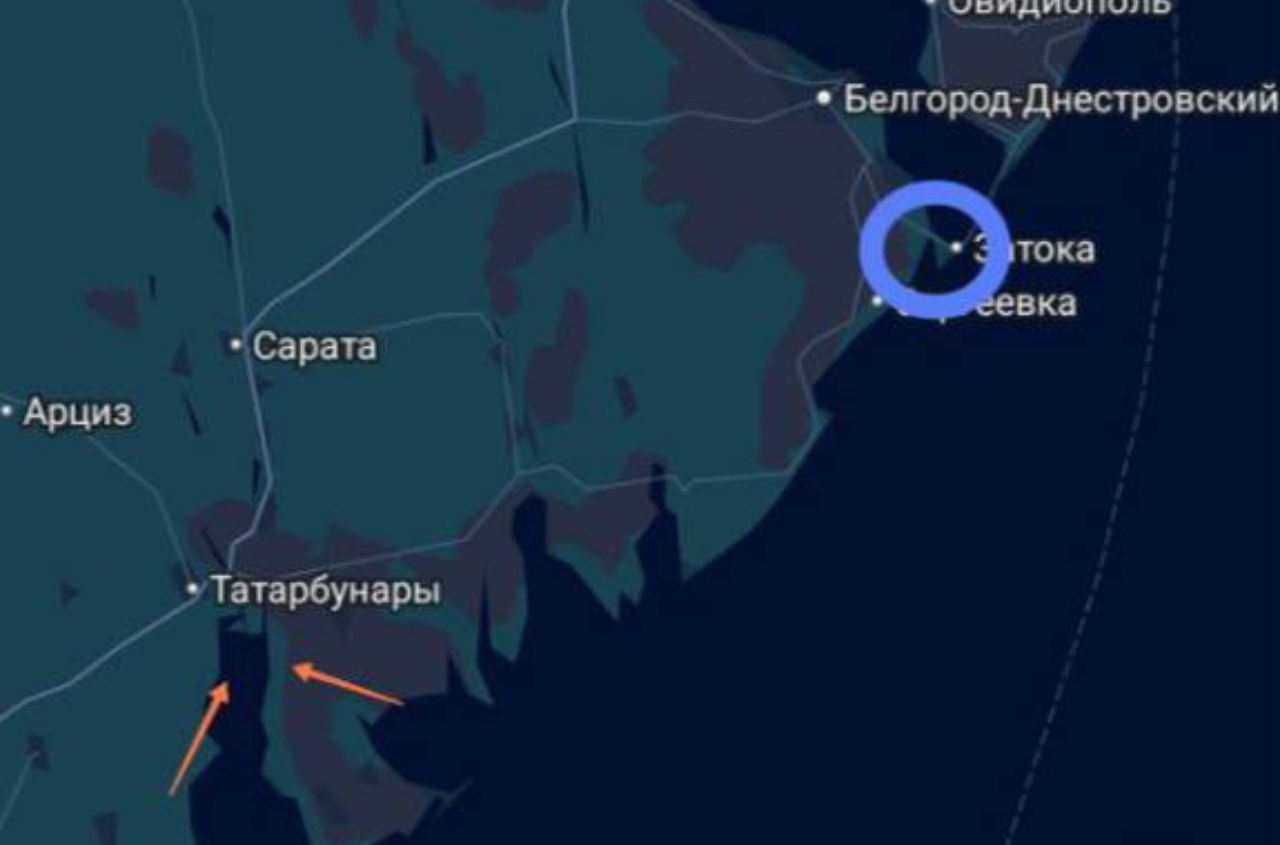Russia has managed to bypass the U.S. and allied “oil price cap,” reducing the effectiveness of this measure aimed at cutting revenue for financing the war against Ukraine, according to a report by the U.S. Government Accountability Office (GAO). The document is based on analysis of the work of the State Department, Treasury, and Commerce Department, which are responsible for designing and implementing sanctions against Russia.
According to auditors, the Russian economy contracted by about 6% in 2022 compared to a scenario without the invasion and sanctions. However, by 2023–2024, GDP growth did not deviate from expectations, indicating a partial recovery after the initial shock. The GAO acknowledged that export controls complicated but did not fully block Russia’s access to U.S. military technologies. Extensive use of the “shadow fleet” to bypass restrictions significantly reduced the effectiveness of the oil price cap.
The European Union still considers the tool effective. In July, EU countries approved the 18th sanctions package, adjusting the maximum price for Russian oil. Instead of a fixed $60 per barrel, it is now set at 15% below market prices. As of early September, this amounted to $47.6 per barrel.
The GAO also highlighted systemic weaknesses in U.S. sanctions policy: relevant agencies did not establish clear objectives with measurable indicators and, as a result, cannot fully assess their results. This limits the U.S. government’s ability to determine the real effectiveness of sanctions and export controls.
As of September 30, 2024, U.S. agencies had allocated $164 million from additional funding for Ukraine to sanctions-related activities against Russia, including staff expansion and investigations. However, funding for these programs is at risk of ending in fall 2025. Auditors recommend not only setting clear objectives for sanctions policy but also regularly monitoring its results.









